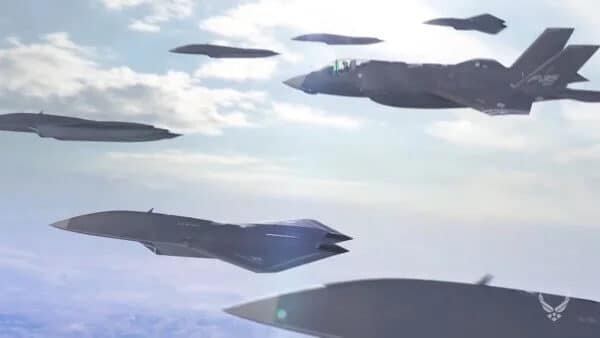As is the case every year at the same time, the specialized US defense press has not lacked a subject to cover in recent days. Indeed, it is in March that the parliamentary hearings begin with a view to preparing the next armed forces budget, in this case the 2024 budget which will come into effect in the fall of 2023. Due to the political organization of the financing of the defense effort on the other side of the Atlantic, Congress having the last word on the subject well beyond the overall envelope requested by the executive, the debates preparing this budget are generally very precise and technical. However, they are also an opportunity for the military to precisely assert their expectations, both in the face of the executive and in the face of the analytical biases of senators and representatives who are sometimes more concerned with the economic spinoffs of the federal investment than with the real effectiveness of their armies.
It is within the framework of this communication of influence that, for a few days, information about a profound transformation of the entire planning of the US Air Force has filtered to the press. This is how certain support programs have been approached, whether it is the replacement of the 32 E-3 Sentry advanced air surveillance aircraft by 26 E-7A Wedgetails, or the desire expressed by the US Air Force to cancel the KCy competition which was to allow the acquisition of a second batch of 160 refueling aircraft to replace the KC-135s still in service, for order only 75 additional Boeing KC-46A Pegasus, in order to free up budgetary and human resources for the development of the NGAS stealth tanker program, within the framework of the KCz program. For the US Air Force, the aircraft currently in service, but also those available today for acquisition, such as the E-7A Wedgetail for the Awacs, or the KC-46A Pegasus or A330 MRTT for tankers, will be soon too vulnerable to be effective in a high-intensity conflict against a so-called symmetrical adversary like Russia or China. And the successes recorded in Ukraine by the Russian long-range R37M missile tend to accredit the certainties of the US Air Force in this area.

It is in this context that US Air Force Secretary Franck Kendall, as well as US Air Force Chief of Staff and media favorite for General Milley's replacement for the post of Chief of Joint Chiefs of Staff General Brown spoke to the Air Force Association at a conference in Aurora, Colorado earlier this week. It was not a question, this time, of the evolution of the support fleet, but of that of the American fighter fleet. And it seems that like Awacs and tankers, American fighters are also called upon to evolve rapidly and radically in the years to come to meet the challenges of the air war in the making, on the basis of the lessons of the war in Ukraine. And the declarations of the two political and military leaders of the world's leading air power, provide a much more precise idea of the trajectory targeted by the US Air Force in this area.

The rest of this article is for subscribers only
The Classic subscriptions provide access to
all articles without advertising, starting at € 1,99.
Newsletter subscription
Register for the Meta-Defense Newsletter to receive the
latest fashion articles daily or weekly


[…] […]
[…] in recent months, the US Air Force has presented several works on the future of its combat fleet, whether it is the NGAD 6th generation fighter program to replace the […]